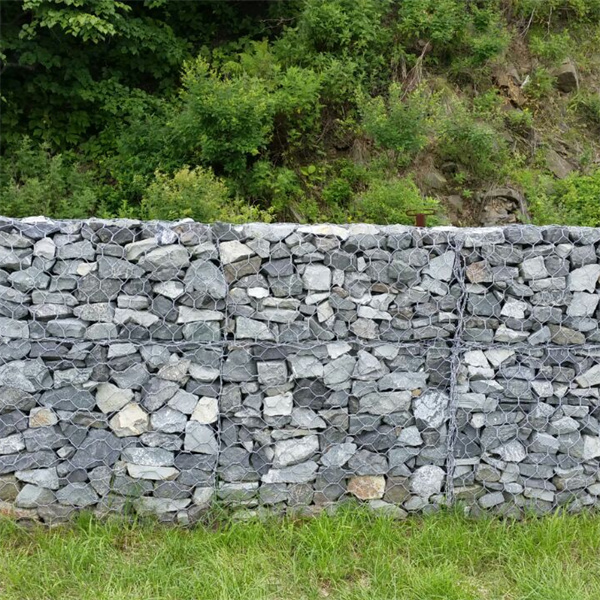Nov . 19, 2024 04:41 Back to list
Sizes and Specifications of Gabion Baskets for Optimal Landscaping and Construction Solutions
Understanding Gabion Basket Sizes A Comprehensive Guide
Gabion baskets are versatile and effective solutions used in a variety of construction and landscaping projects. They are typically made of strong, wire mesh and filled with materials such as stones, gravel, or soil, making them ideal for erosion control, retaining walls, and decorative features in gardens. One of the crucial aspects of using gabion baskets is understanding their sizes and how to choose the right one for your specific needs.
Common Gabion Basket Sizes
Gabion baskets come in a variety of sizes and shapes, allowing for a multitude of applications. The most common dimensions for standard rectangular gabion baskets include
1. 2' x 3' x 3' (0.6m x 0.9m x 0.9m) 2. 3' x 3' x 3' (0.9m x 0.9m x 0.9m) 3. 3' x 6' x 3' (0.9m x 1.8m x 0.9m) 4. 4' x 4' x 4' (1.2m x 1.2m x 1.2m) 5. 6' x 3' x 3' (1.8m x 0.9m x 0.9m)
In addition to these common sizes, custom dimensions can also be ordered to fit specific requirements. The choice of size often depends on the intended use and the volume of materials that need to be contained within the basket.
Factors to Consider When Choosing Gabion Sizes
When selecting gabion basket sizes, there are several key factors to consider
1. Purpose Determine the primary purpose of the gabion basket. Are you using it for erosion control, a decorative wall, or structural support? The purpose will dictate the size and shape necessary for effective stability and aesthetics.
gabion basket sizes

2. Location The location of the installation also plays a significant role in size selection. For instance, in tight spaces, smaller gabion baskets may be ideal, while larger areas can accommodate bigger baskets for more significant impact.
3. Material Weight Consider the weight of the materials you plan to use for filling the gabions. Heavier materials may require larger, more robust baskets to ensure structural integrity.
4. Design Aesthetics Gabion baskets can also be used for landscaping and decoration. The visual appeal plays a crucial part in size selection. For instance, a landscape feature might require taller and wider baskets to create a focal point.
5. Load-Bearing Requirements If the gabion basket is to be part of a retaining wall or other structural element, it is crucial to account for load-bearing requirements. Engaging with a civil engineer can provide insights into the appropriate sizes and configurations needed.
Installation and Assembly
Installing gabion baskets requires careful planning. The typical installation process involves excavating the ground, placing the baskets in the desired location, and then filling them with the chosen material. The filling should be done evenly to maintain stability. For larger baskets, it may be beneficial to have a team assist with lifting and positioning.
Conclusion
In conclusion, gabion baskets are an effective choice for various construction and landscaping applications. Understanding the sizes available and considering the purpose, location, and aesthetics are essential steps in choosing the right gabion basket. Whether you're looking to bolster a hillside, create a decorative feature, or manage erosion, selecting the appropriate size will ensure you achieve the best results while adding both functionality and visual appeal to your project. With the flexibility in sizes and configurations, gabion baskets can address numerous challenges effectively, making them a popular choice in modern construction practices.
-
Visualizing Gabion 3D Integration in Urban Landscapes with Rendering
NewsJul.23,2025
-
The Design and Sustainability of Gabion Wire Mesh Panels
NewsJul.23,2025
-
The Acoustic Performance of Gabion Sound Barriers in Urban Environments
NewsJul.23,2025
-
Mastering the Installation of Galvanized Gabion Structures
NewsJul.23,2025
-
Gabion Boxes: Pioneering Sustainable Infrastructure Across the Globe
NewsJul.23,2025
-
Custom PVC Coated Gabion Boxes for Aesthetic Excellence
NewsJul.23,2025
-
Installation Tips for Gabion Wire Baskets in Erosion Control Projects
NewsJul.21,2025






